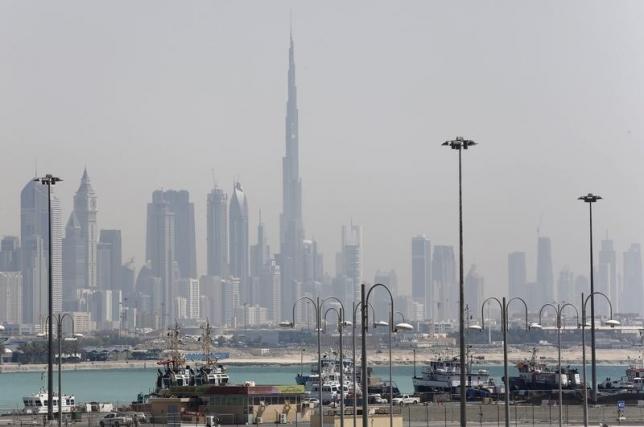
The country is currently in the first phase of developing man-made mountains in a quest to provide moisture to a country that ranks as one of the driest on Earth.
According to Arabian Business, experts from US-based University Corporation for Atmospheric Research (UCAR), a non-profit organisation that manages the National Center for Atmospheric Research (NCAR), are evaluating the effects of mountains on the weather. “We will have a report of the first phase this summer as an initial step,” said Roelof Bruintjes, NCAR scientist and lead researcher.
Dubai to build tower taller than Burj Khalifa
The world has a long history to summon rainfall, from rainmaking rituals to seeding clouds with snowflakes, which have all been used in the UAE to a considerable effect. The country receives an estimated 8mm of rainfall annually, but in March cloud seeding technology, a weather modification technique designed to increase the amount of rainfall, created a Middle Eastern monsoon – generating a years worth of rainfall in less than 24 hours.
The presence of mountains forces air to rise, creating clouds that can then be seeded thus releasing rain to a thirsty nation. Cloud seeding has a permanent unit at the National Center of Meteorology and Seismology (NCMS) meteorological department which conducts operations across the UAE.
Bruintjes adds that building a mountain is not a simple thing as it requires an assimilation of all kinds of heights, widths and locations, considering the local climatology.
Dubai blaze raises questions over Gulf skyscraper design
The NCMS in collaboration with UCAR received a fund of $400,000 in February last year in order to analyse the effects of building a mountain on the weather. The project will not go through if it is too expensive for the government, but this also gives them an idea of what kinds of alternatives to consider for the long-term.
According to a Food and Agricultural Organisation (FAO) of the UN 2011 report, mountains are important in influencing climate and weather conditions. They intercept global circulation of air and have a decisive effect on wind, precipitation and temperature patterns.
This article originally appeared on Washington Post.








1732354127-0/Untitled-design-(3)1732354127-0-270x192.webp)








COMMENTS (2)
Comments are moderated and generally will be posted if they are on-topic and not abusive.
For more information, please see our Comments FAQ